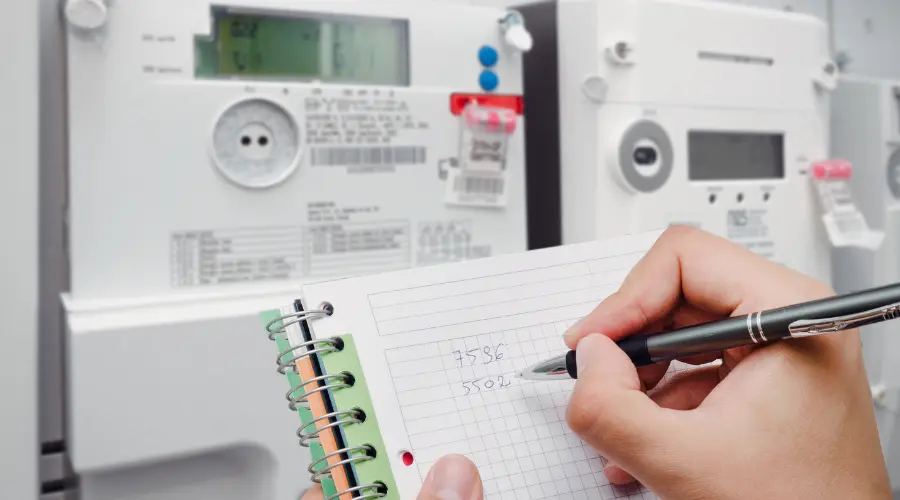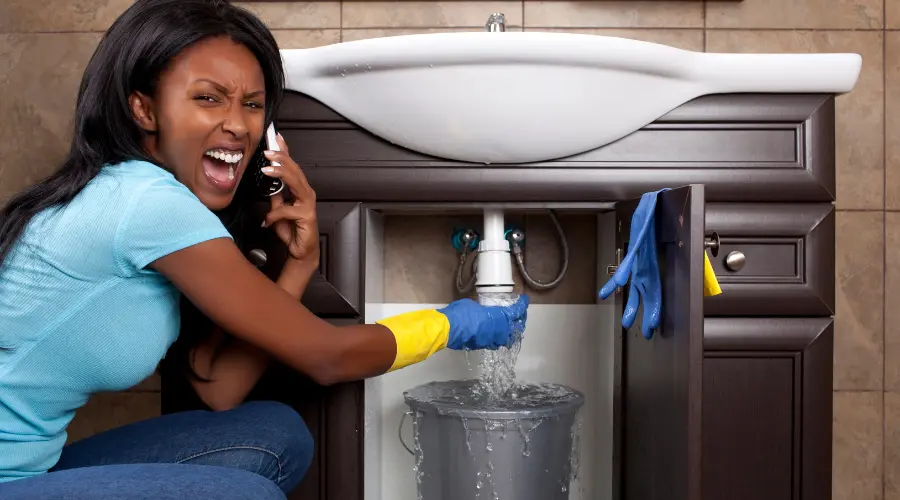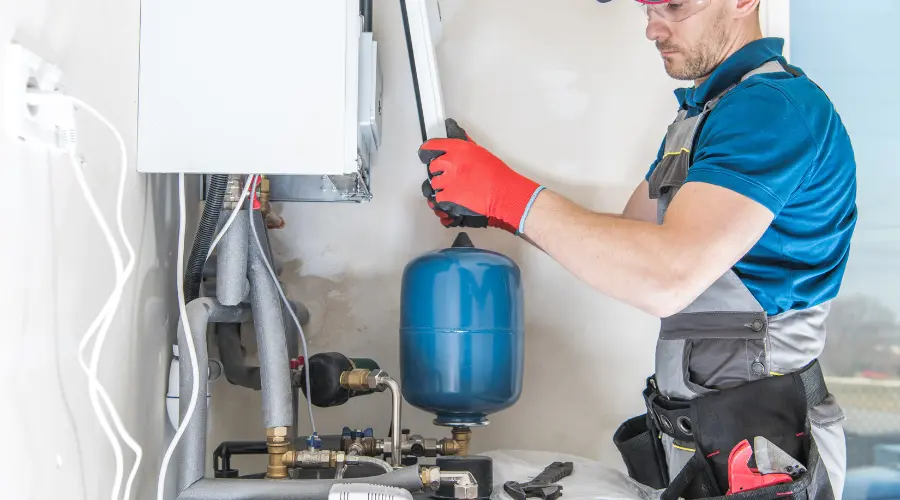If you’re dealing with a blockage that’s too obstinate for a plunger to clear, but you aren’t quite ready to give up just yet, a manual drain snake might be your best option. A drain auger or plumber’s snake is a gadget that “snakes” down into pipes to remove obstructions such as blockages. Between plunging and calling in the big guns, such as professional, motorized drain augers, there is a method known as “snaking” a pipe that can be used.
Plungers are the most common type of do-it-yourself (DIY) drain-clearing tool, but plumber snakes are also commonly used. It may be challenging to navigate through tight curves and twists with them. Learn how your snake works and the proper way to use it in order to prevent making expensive mistakes. Everything you need to know about how to use a drain snake is included in this article.
Instructions on how to use a plumbing snake (and just what the heck is an auger anyway?)
An auger is merely a tool that is intended specifically for drilling into something. A drill is a specific kind of auger. A plumbing auger, also known as a plumbing snake, is a long, flexible metal cable that, at one end, has a small, uncoiled spring and, at the other end, has a handle. The auger head of the snake resembles a corkscrew in appearance. The length of a home plumbing auger is anywhere from 20 to 50 feet. When not in use, the cable can be wound into a cylinder that houses it for storage. The vast majority of plumbing snakes for the home are operated manually and feature a handle that can be turned or a crank to allow the cable to be released and maneuvered. Turning the handle in a clockwise direction rotates the coil, which enables you to move through difficult regions.
To snake a drain, one must first physically contact the obstacle that is causing the clog and then remove it. This is done by entering the drain from the top. After placing the auger head into the drain, you must proceed to manually feed the snake through the drain until you reach the obstruction. The snake begins to uncoil as it travels deeper through the drainpipe, and eventually, the head of the snake breaks past the barrier. A more in-depth explanation of how to operate a drain auger is provided below:
How to Use a Drain Snake:
- The first step in learning how to use a drain snake is to put on some clothes that you don’t mind getting messed up and to set some old towels down in the area beneath the pipes that you will be working on. Your snaking method could get messy depending on the kind of clog you’re trying to remove. This is of the utmost importance in the event that the p-trap is ultimately removed.
- (Optional but recommended) (Optional but recommended) Take into consideration removing the p-trap. The curved section of pipe that is located beneath the sink is called a p-trap. It makes the connection between the sink and the larger drainpipe system in your home. The fact that it is curved serves to thwart any attempts by sewer gases to make their way into the house via the sink. P-traps are typically constructed using PVC tubing, but they can also be created out of metal.
It is possible to remove the p-trap manually using either your hands or an adjustable wrench. This can be done in either order. After the P-trap has been removed, you should give it a careful inspection and then clean any debris that may be inside. It’s possible that you won’t need to use the snake at all if you can locate the obstruction. In many cases, removing the trap makes the process of snaking easier by allowing one to avoid the challenging twist.
- (This step is optional) Think about removing the trap arm. A trap arm is the section of the pipe that is located between the p-trap and the wall pipe itself. It maintains the position of the P-trap and might curve once more on its way to the wall. You should look for a nut made of plastic or metal that connects the trap arm to the wall. If you can find one, you will need to loosen it in order to remove the trap arm. If you are unable to remove the arm, it is conceivable that it is bonded into its current position; in this case, you should not attempt to remove it. Once you have removed the trap arm, you need to ensure that you clean it out just as well as you did the p-trap.
By removing the trap arm, you will have the most access that is feasible to the drainpipe. Check the inside of the drainpipe to see if there are any obstacles. If the impediment can be seen from where you are, you should attempt to remove it. In the event that you are unable, it is time to employ your snake.
- Insert the auger head of the snake into the pipe using manual threading. Place the head of the snake either into the drain (if the trap has not been removed) or into the access port on the wall. If you haven’t removed the trap, you might want to consider letting cool water run while you snake.
If you forcefully insert the auger into the drain, you run the risk of breaking the pipe leading to the drain or the drain entry. Have patience and check that the head and cable you’re using aren’t too big for the drain you’re trying to snake.
- Start the process of uncoiling the snake by utilizing the snake. Maintain the handle of the snake in a position that is as close as you can go to the opening of the pipe. The less slack there is in the auger, the more force you will be able to direct into the pipe.
Maintain a modest and even speed when feeding the line. If you feel resistance as the cable passes through the pipe at any point, you may have come across an obstruction or just a bend in the pipe.
- When you get to the obstacle, rotate the handle to move the head back and forth while you keep pushing. Don’t force the auger into the pipe walls while you attempt to break up the obstacle or navigate the corner. Instead, try to break up the obstruction. If you hear scraping noises, you should immediately cease snaking and readjust the rope. Motions that are steady pushes and pulls while spinning the crank can be helpful.
- Take the snake out of the drain and put everything back together in the sink. Check the tip of the auger to see if there are any remnants of the obstruction, and then clear it away. If you took the trap arm and the p-trap off earlier, now is the time to put them back on.
- Put the sink to the test. It is expected that the snake would be able to successfully remove the obstruction and resolve the clogging issue. If the clog is still present, you could try to snake the drain again using the same technique. However, using a drain snake excessively can damage your pipes and drains in the same way that plunging can. If a thorough snaking did not resolve the issue, it is probably time to bring in the experts.
Drain Cleaning Specialists in West New York
The installation of a snake is a surprisingly simple and accessible home improvement undertaking. If you have the patience to manipulate your snake and know how to use it, you should be able to remove annoying blockages from your sink, bathtub, or toilet. All you need is a snake.
For those times when nothing you do can get rid of that clog, no matter how hard you try. Don’t despair! After you have dealt with your snake, the next step is to contact West New York Plumbing and Heating. We have the resources and expertise to locate and clear any bottleneck that may exist outside of the West New York traffic.




